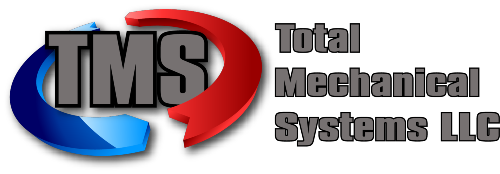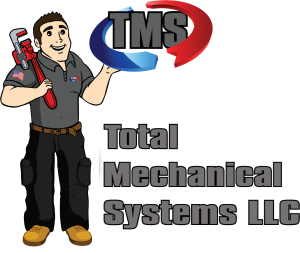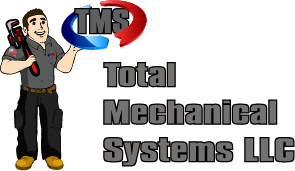Today, there’s no overstating the importance of excellent indoor air quality (IAQ). More people are spending their time indoors, both at home and at work. Not to mention, more people are working from home as a result of Coronavirus (COVID-19) shutdowns and social-distancing mandates.
From simple dust and allergens to airborne viruses and other contaminants, there are many potential threats to indoor air quality lurking in every nook and cranny of a traditional HVAC system. The good news? With air sterilization, purification, filtration and humidity management (SPFH) technology, it’s possible to eliminate many of these contaminants and breathe easier indoors.
Sterilization, Purification, Filtration and Humidity Management: What’s the Difference?
These terms are all too often used interchangeably when people talk about improving indoor air quality, yet they’re actually very different. Ideally, a system for improving indoor air quality will utilize a combination of sterilization, purification, filtration and humidification components.
Air Sterilization
An air sterilization system aims to continuously clean an HVAC system’s internal components using ultraviolet (UV) light technology. This is effective in improving indoor air quality and reducing the spread of airborne diseases. The sterilizing process reduces particles known to cause asthma, sinusitis, pneumonitis and hypersensitivity.
Air Purification
Air purification goes a step beyond cleaning the internal components of an HVAC system and works to neutralize microbes and gases before they reach a building’s air vents. Air purification systems effectively neutralize everything from pollutants to allergens and much more, allowing you to breathe easier and stay healthy indoors.
Air Filtration
Air filtration systems work not by neutralizing particles, but by capturing them at a specific point in the ventilation process and then removing them from the conditioned space. Specifically, air filtration systems are very effective at removing outdoor air particles and pollutants from indoor air, making it possible to:
- Reduce the spread of infectious diseases within the home
- Limit transmission paths for infectious diseases.
- Capture viral and bacterial sources of infection before they reach the air vents.
Humidity Management
Studies have shown that the ideal indoor humidity levels for any building range between 40% and 60%; this is the range at which bacteria, viruses and fungi are least likely to form. Maintaining recommended indoor humidity levels can then reduce instances of respiratory infections, asthma and allergic rhinitis.
A humidifier works by adding moisture to dry air, whereas a dehumidifier removes excess moisture from damp locations.
While sterilization, purification, filtration and humidity management are all effective in their own ways, the reality is that if you’re wondering how to improve indoor air quality to the greatest extent, you’ll want a combination of all four methods in place. This combination of methods is known as an SPFH system.
For more information and to get the best indoor air quality for your home, contact the pros at TMS today!
Source: http://news.carrierenterprise.com/how-to-improve-indoor-air-quality/?utm_medium=email&utm_campaign=ce_global_email_december-2020_newsletter+-+20201111&utm_source=MC








